Rising Healthcare Costs
The escalating costs associated with healthcare services are a significant driver for the Healthcare Fraud Detection Market. As expenditures continue to rise, healthcare organizations are under increasing pressure to minimize losses due to fraudulent claims. Reports indicate that healthcare fraud costs the industry billions annually, prompting stakeholders to invest in robust fraud detection systems. The financial implications of unchecked fraud can lead to higher premiums for patients and reduced resources for legitimate care. Consequently, the urgency to implement effective fraud detection measures is likely to stimulate market growth, as organizations seek to protect their financial interests and ensure the sustainability of healthcare services.
Adoption of Data Analytics Solutions
The adoption of data analytics solutions is emerging as a key driver in the Healthcare Fraud Detection Market. With the proliferation of electronic health records and claims data, healthcare organizations are leveraging analytics to uncover insights that can detect fraudulent activities. Advanced analytics tools enable organizations to sift through large datasets, identifying irregularities that may indicate fraud. The market for data analytics in healthcare is projected to grow significantly, with estimates suggesting a compound annual growth rate of over 20% in the coming years. This trend underscores the importance of data-driven decision-making in combating fraud, thereby propelling the demand for innovative fraud detection solutions within the Healthcare Fraud Detection Market.
Integration of Artificial Intelligence
The integration of artificial intelligence (AI) technologies into the Healthcare Fraud Detection Market appears to be a pivotal driver. AI algorithms can analyze vast amounts of data, identifying patterns and anomalies that may indicate fraudulent activities. This capability enhances the efficiency of fraud detection systems, allowing for real-time monitoring and response. According to recent estimates, AI-driven solutions could reduce fraud detection costs by up to 30%, thereby improving the overall financial health of healthcare organizations. As healthcare providers increasingly adopt AI technologies, the demand for sophisticated fraud detection solutions is likely to rise, further propelling the growth of the Healthcare Fraud Detection Market.
Regulatory Compliance and Accountability
Regulatory compliance remains a crucial driver within the Healthcare Fraud Detection Market. Governments and regulatory bodies are increasingly mandating stringent compliance measures to combat healthcare fraud. Organizations that fail to adhere to these regulations face severe penalties, including hefty fines and reputational damage. The implementation of compliance-driven fraud detection systems is essential for healthcare providers to navigate this complex landscape. As regulations evolve, the demand for advanced fraud detection solutions that ensure compliance is expected to grow. This trend not only safeguards organizations against legal repercussions but also enhances their credibility in the eyes of patients and stakeholders.
Increased Awareness of Fraudulent Activities
The heightened awareness of fraudulent activities in the healthcare sector serves as a significant driver for the Healthcare Fraud Detection Market. Stakeholders, including patients, providers, and insurers, are becoming more vigilant regarding potential fraud schemes. This increased awareness is fostering a culture of accountability and transparency within healthcare organizations. As a result, there is a growing demand for effective fraud detection tools that can identify and mitigate fraudulent claims. Educational initiatives and training programs aimed at recognizing fraud are also contributing to this trend. Consequently, the Healthcare Fraud Detection Market is likely to experience growth as organizations invest in solutions that align with this heightened awareness.
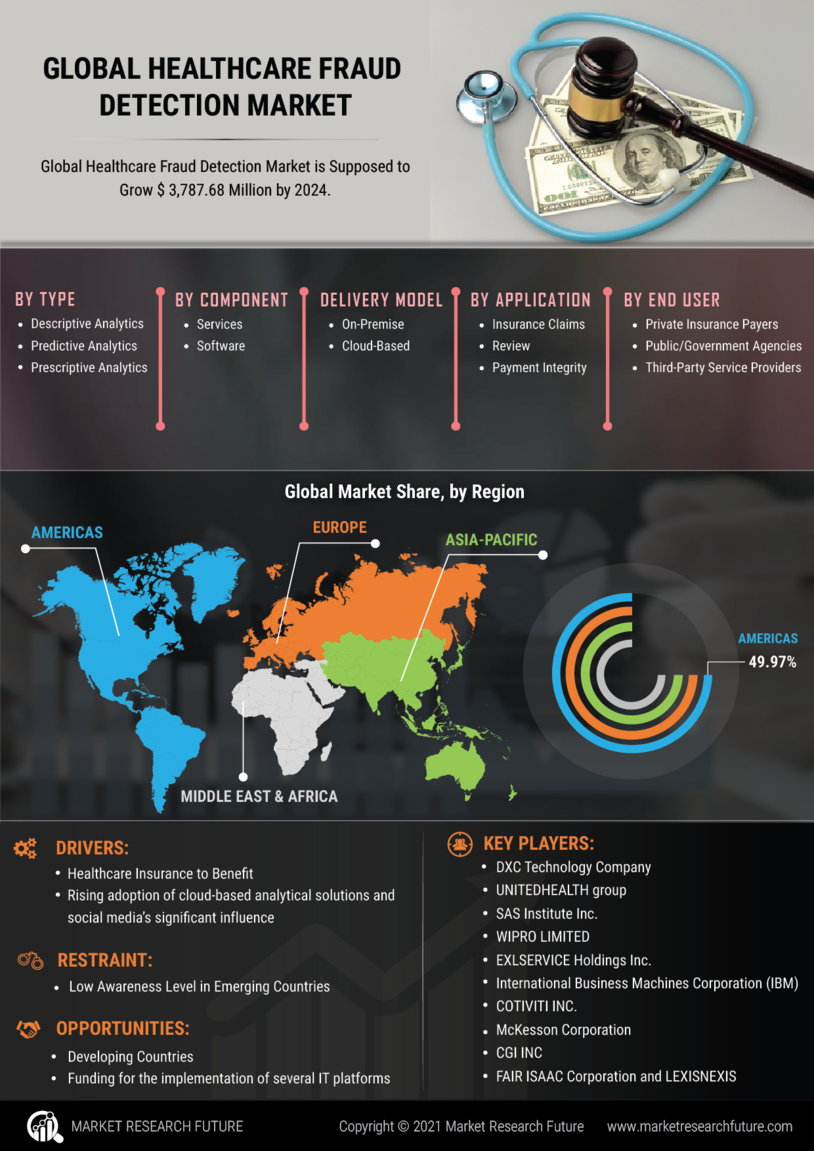

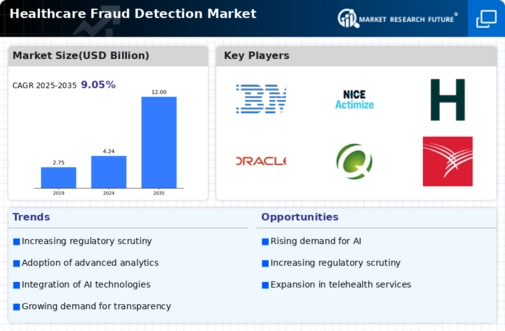
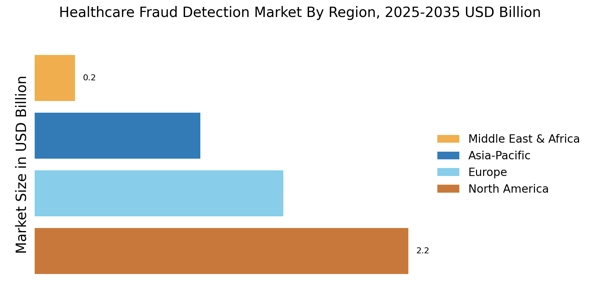
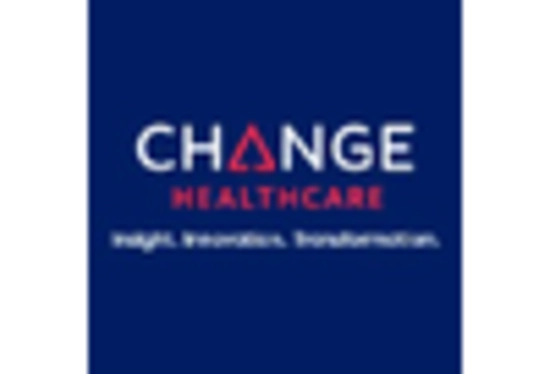
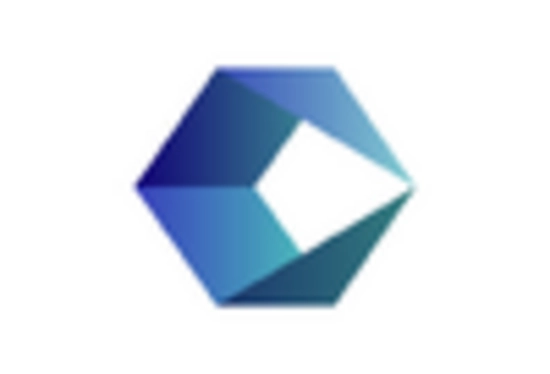
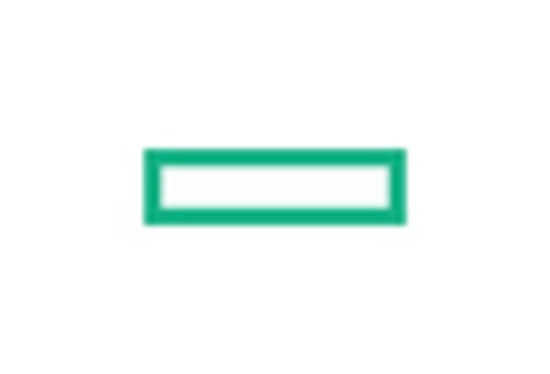

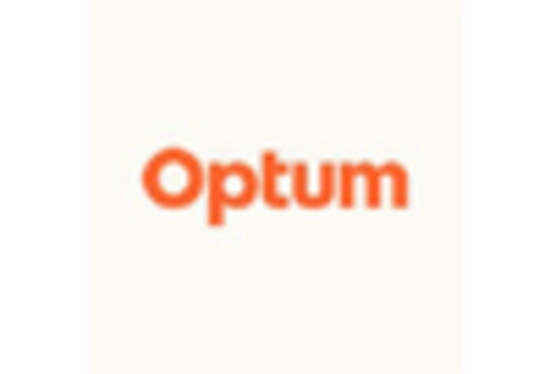
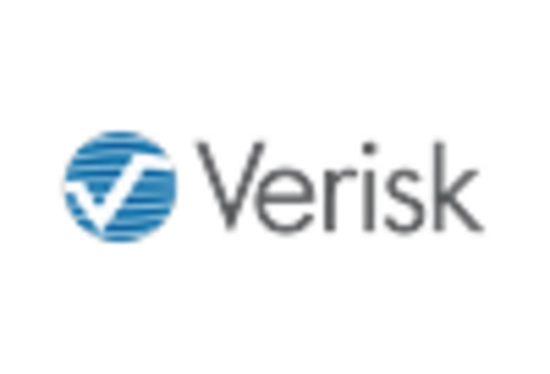








Leave a Comment